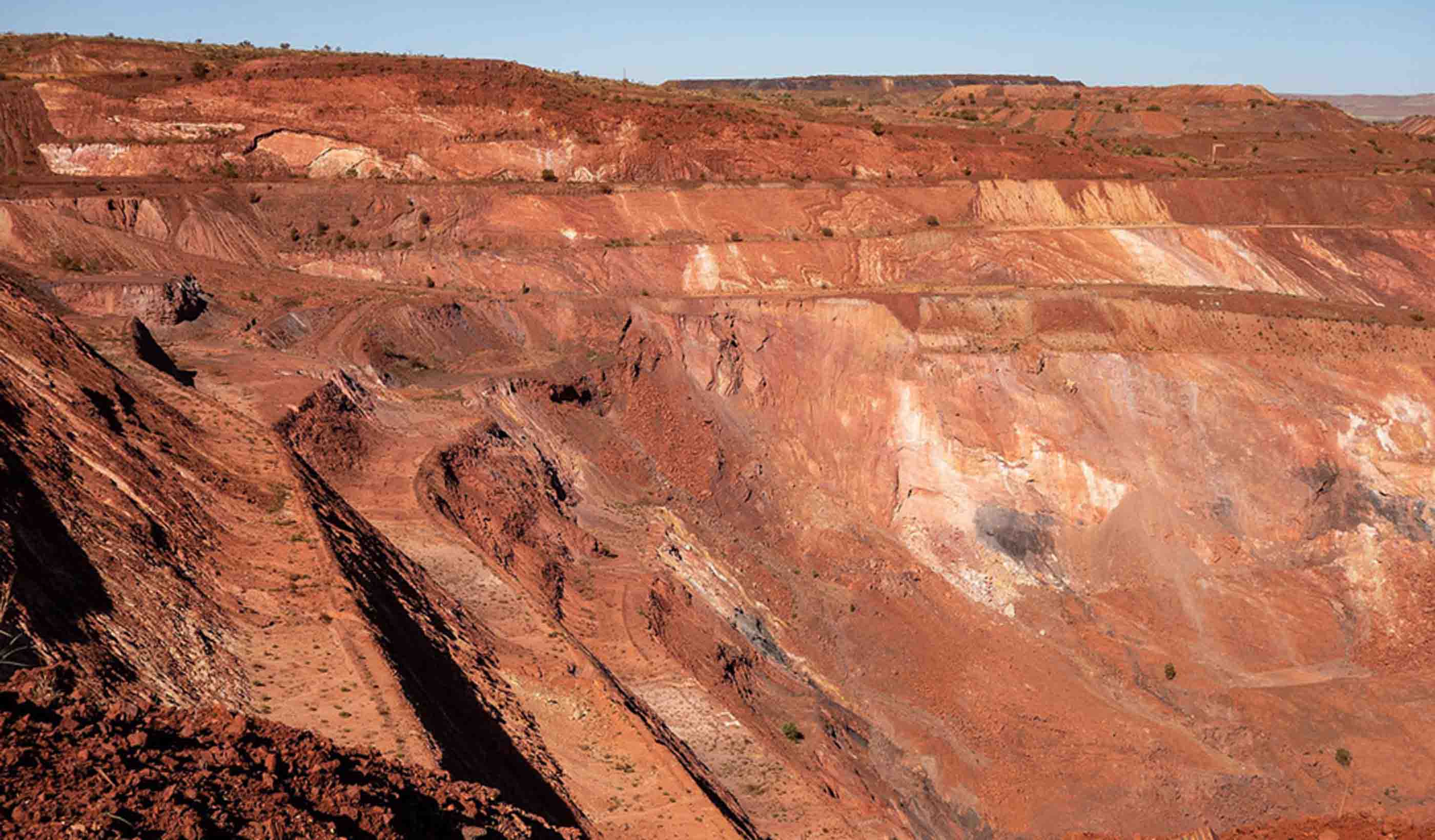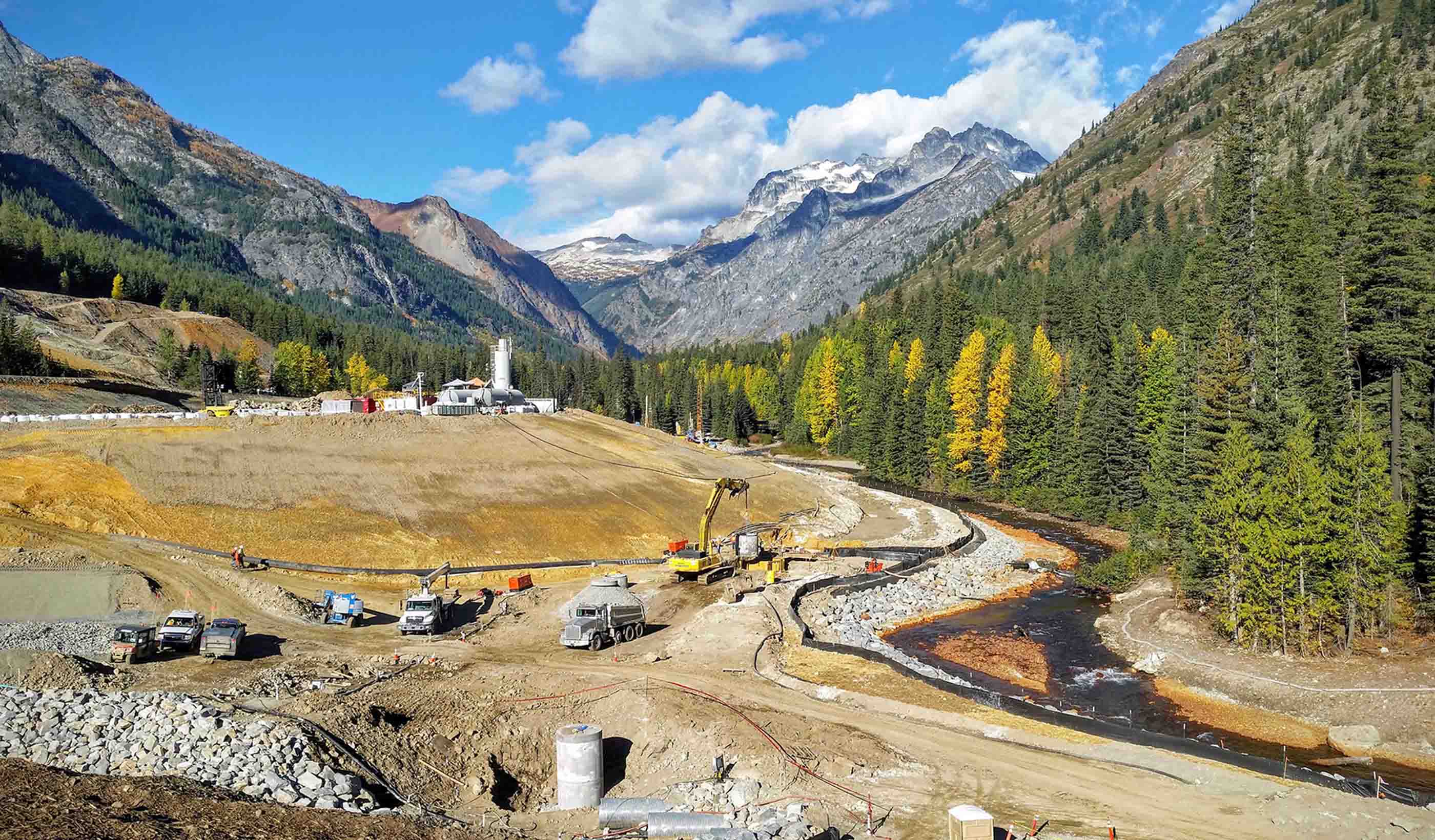Developing sustainable mine-closure plans for legacy tailings-storage facility management
October 10, 2024
October 10, 2024
Rehabilitation of old mine sites and legacy tailings-storage facilities is an ongoing challenge, but new approaches are helping
Once mining ends, mines and tailings-storage facilities transition to a final landform or a new purpose. These transitioned sites can remain part of the environment for a long time. So, thinking about communities, ecosystems, and other attributes of mining are important for long-term closure success. Planning with permanent closure in mind means we must consider what elements will still be there in a century's time–or longer.
For years, the industry took this approach to mine closure: deplete the resources, leave the mine as it is, and move to another site. Thankfully, we now have regulations and closure planning.
Tailings, the leftover materials from the mining process with no economic value, were often simply discarded. Sustainability was not part of the discussion. In Australia alone, it’s estimated there are 60,000 abandoned mines. Many of these include tailings-storage facilities.
Industry, communities, and governments are burdened with closing these legacy mine sites and tailings-storage facilities. The goal? To protect human health and the environment. The lessons we’re learning today offer the opportunity to improve the way we manage mine closure and rehabilitation in the future.

Australia faces the challenge of rehabilitating many abandoned mines, including tailings-storage facilities. Even for legacy sites, there are always opportunities for rehabilitation.
Legacy tailings-storage facilities are good examples of what happens when we do not plan with the end in mind. They didn’t consider long-term sustainability or environmental protection like we do now. Today, most modern countries require new mines to have both mine-closure plans and financial assurance for closure in place before they can break ground.
Closure of legacy tailings-storage facilities requires unique skills and expertise. It’s more so than for tailings-storage facilities that plan for closure. Tailings are large-volume, low-toxicity facilities that would be impractical to just pick up and move to a landfill, for example. While that does occur, it’s rare.
Consequently, we must reclaim the tailings in place in a way that provides physical and chemical stability while supporting the community and stakeholders for future generations. How we use our planet’s resources and what is left behind can exist for generations. But when you’re only coming in at the end of a mine’s life, you must work much harder to correct the mistakes of the past.
In these cases, one of the most difficult parts of developing mine-closure plans is grappling with what’s achievable. With legacy tailings-storage facilities, sometimes we must face the fact that restoring the environment isn’t feasible. Why? Because the work to get there would be so extreme that there’s no practical—or affordable—way to do it.
But it’s possible to rehabilitate legacy sites. For example, look at Holden Mine in the US. It was one of the largest copper mines operating in the US between 1937 and 1957. Once closed the massive mine left behind about 300,000 cubic metres of waste rock and 8.5 million tons of mill tailings covering 50 hectares of sensitive US National Forest land. Now? The mine is rehabilitated with the start of a new forest for recreation while providing physical and chemical stability. In a few decades, no one will ever know it was there.

The Holden Mine reclamation project, which cost more than US$200 million, was one of the largest cleanup sites in Washington State. The project demanded a high level of expertise in mine rehabilitation.
There is another challenge for sustainable mine closure and rehabilitation of legacy sites and tailings-storage facilities. The lack of data.
Gap analyses are crucial to mine-closure plans. We use gap analyses to identify issues that remain and need to be fixed before the closure process begins.
But for legacy tailings-storage facilities, we often don’t have enough information to identify all of those gaps. Sometimes, we don’t even know what the material is. That means we don’t know the environmental impact either. We can investigate. But the reality is we can’t go back in time, and you can’t always drill enough holes to fill in those gaps.
One of the most difficult parts of developing mine-closure plans is grappling with what’s achievable. With legacy tailings-storage facilities, sometimes we must face the fact that restoring the environment isn’t feasible.
Gathering that data is a constant process. There’s never going to be a stage in the closure and rehabilitation of a legacy tailings-storage facility—or even in a modern operation—when you’re deciding with absolute certainty of the outcome.
At some point, we must decide that we know enough to move forward. Sometimes it’s challenging to convince everybody in the room we know enough to get started and help them understand that we can—and probably will—make course corrections as we learn more.
New technology is helping us close legacy mines and tailings-storage facilities more effectively and sustainably than in the past. From remote sensing to digital twins, we have new tools. We can investigate legacy sites, predict what the outcomes of rehabilitation projects might be, and monitor our progress.
Stantec.io’s GlobeWATCH™ is a remote-sensing technology that uses data collected by satellites, aircraft, or UAVs (unmanned aerial vehicles). It helps us assess large and remote areas. We can conduct vegetation and erosion assessments, as well as the historical environmental impacts of legacy tailings-storage facilities.
GlobeWATCH is a remote-sensing technology that uses data collected in multiple ways to monitor often remote areas.
Digital twins are also becoming a critical tool in mine closure and rehabilitation. They let us create an accurate representation of a tailings-storage facility with a digital model. The digital model allows us to predict the outcomes of different approaches and decide the best path to take. As you go through the closure and post-closure process, the digital twin can help us evaluate whether you’re on the right track. And it helps us change course, if necessary.
We used a digital model to identify opportunities for BHP to maximize the environmental values of their historic Yarrie pit mine pit lake. The result? A self-sustaining wetland that provides a habitat for the region’s natural flora and fauna.
Technology is also making developing and managing mine-closure plans more collaborative and efficient than in the past. Tools like Nexus Flow are helping. It allows mining companies to prioritize, manage, and track their mine closures. Then, they can identify opportunities to make improvements along the way.
Today’s tailings facilities are tomorrow’s legacy sites. Each day we’re learning lessons from these sites and applying them to new ones. We’re thinking not just a century ahead but thousands of years ahead.
We’re learning that there are always opportunities for rehabilitation. And that’s even true for legacy sites where you might think it’s too late.